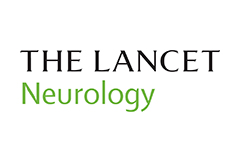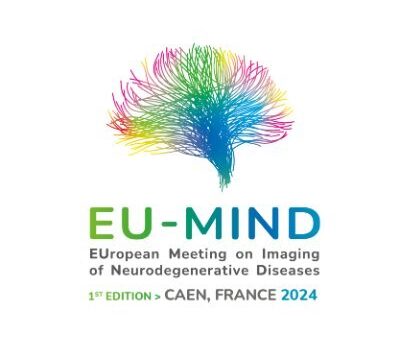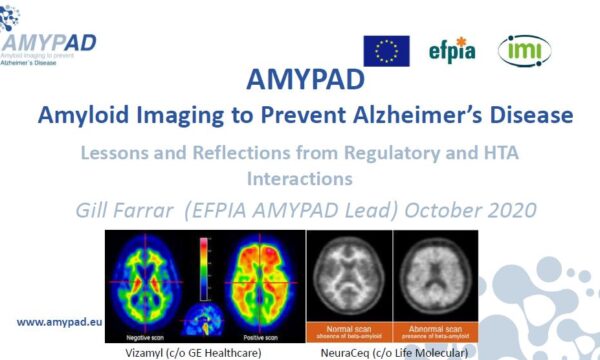What is your current role on AMYPAD?
As a postdoctoral researcher working at the VUmc team, I have two main roles in AMYPAD. My first role includes giving support to Prof. Frederik Barkhof (Project Coordinator) in management and monitoring of the different work packages (WPs) and their link to activities in our centre. For that, I attend most AMYPAD meetings and try, as much as possible, to serve as a direct link between the different WPs. In addition, because of my background in quantitative PET imaging, my second role is to be directly involved in the work of WP5, which is dedicated to modelling of disease progression and risk assessment along the AD spectrum using PET imaging. Last, but not least, I also give support to AMYPAD PhD students at the VUmc working with quantitative PET analyses.
What is your overall vision?
As part of AMYPAD, my natural overall vision is one of contributing to the improvement of healthcare in AD. This involves a better understanding of the disease mechanism and natural history, improved methodology for much earlier diagnostic and prognostic assessments, and ultimately setting up an environment where we increase the chances of finding an efficient treatment for this disease. I also see AMYPAD as an incredible platform for knowledge and resource development which can go beyond AD research and influence any multi-disciplinary and multi-centre project.
What do you find most challenging about the project?
I only recently finished my PhD, where I was responsible for only my own projects. As such, this is my first experience working with in a large Consortium and learning the complexity of a project with so many interdependencies and involving so many parties. That is why, aside from the many scientific challenges of AMYPAD, the most challenging for me is indeed the level of attention to detail that such a large and comprehensive project entails. Having said that, it is truly an amazing opportunity to be part of AMYPAD both for my personal and professional development, but also for its potential impact on healthcare and society at large.



